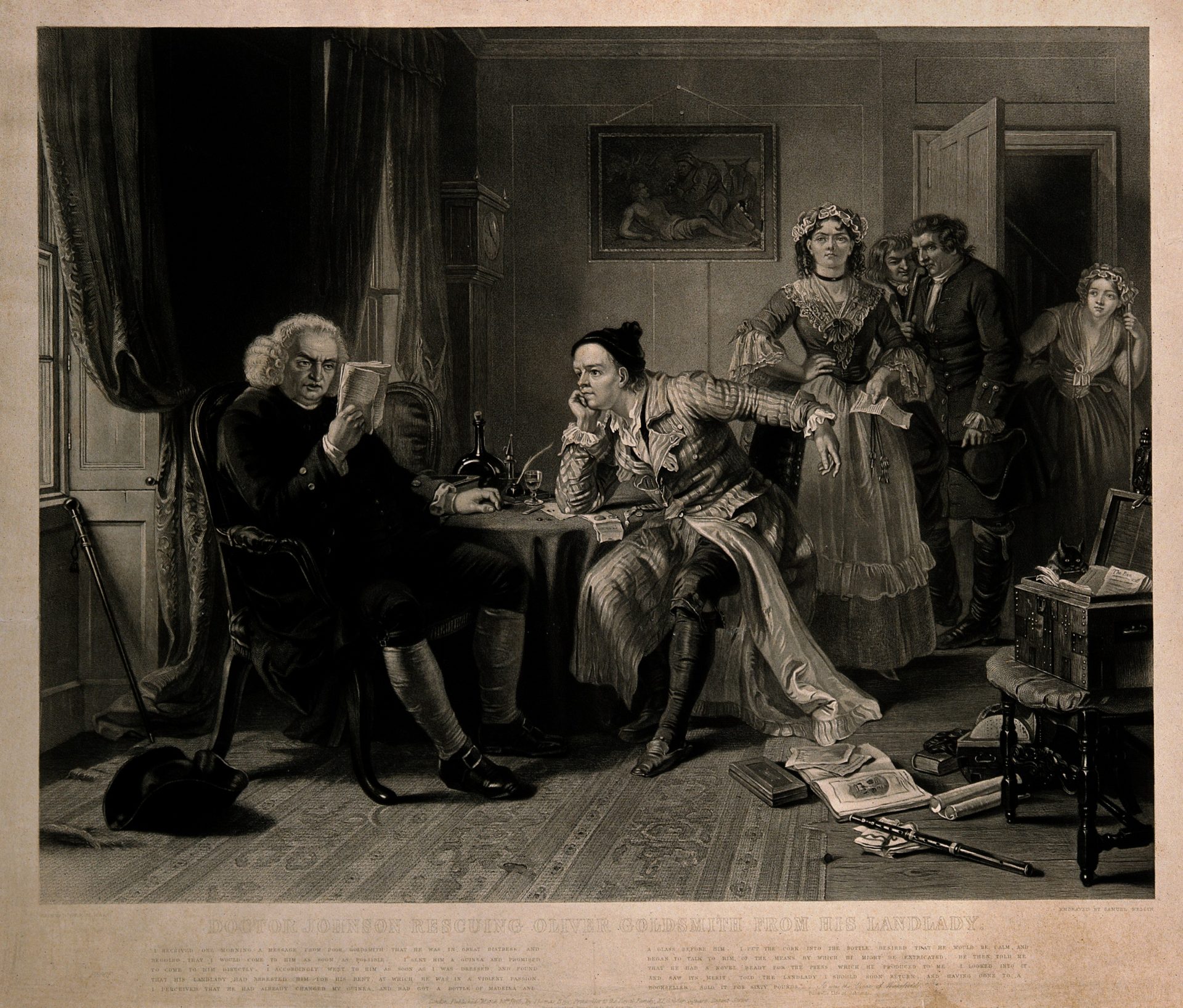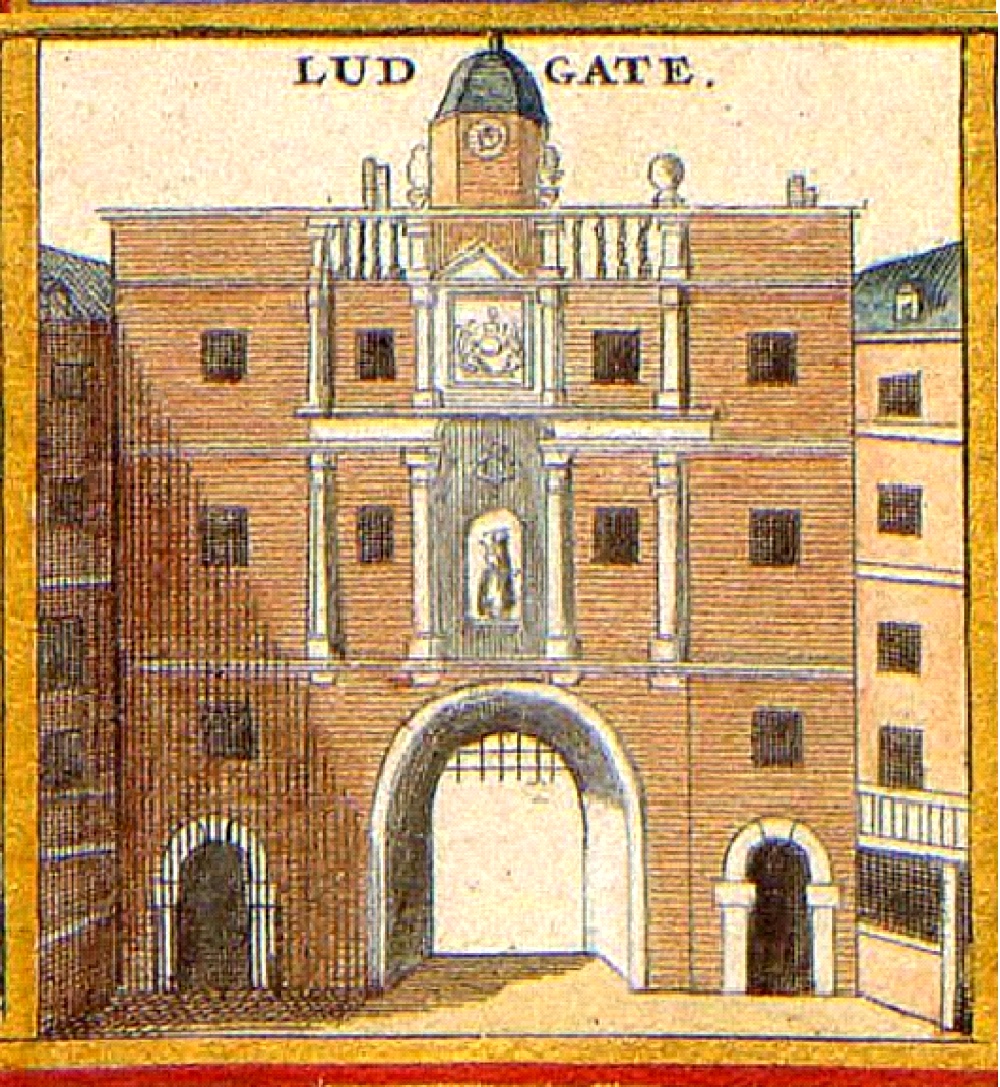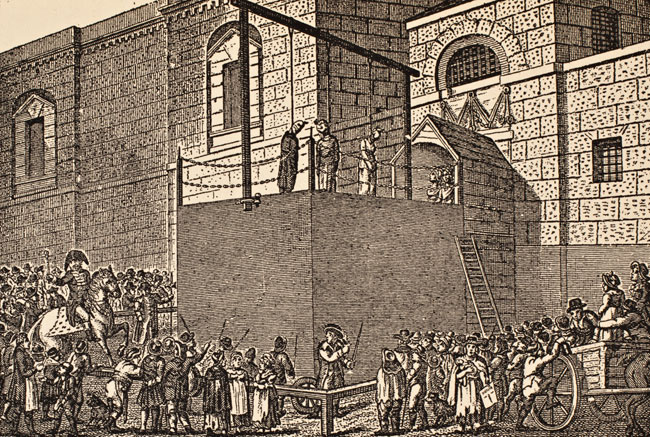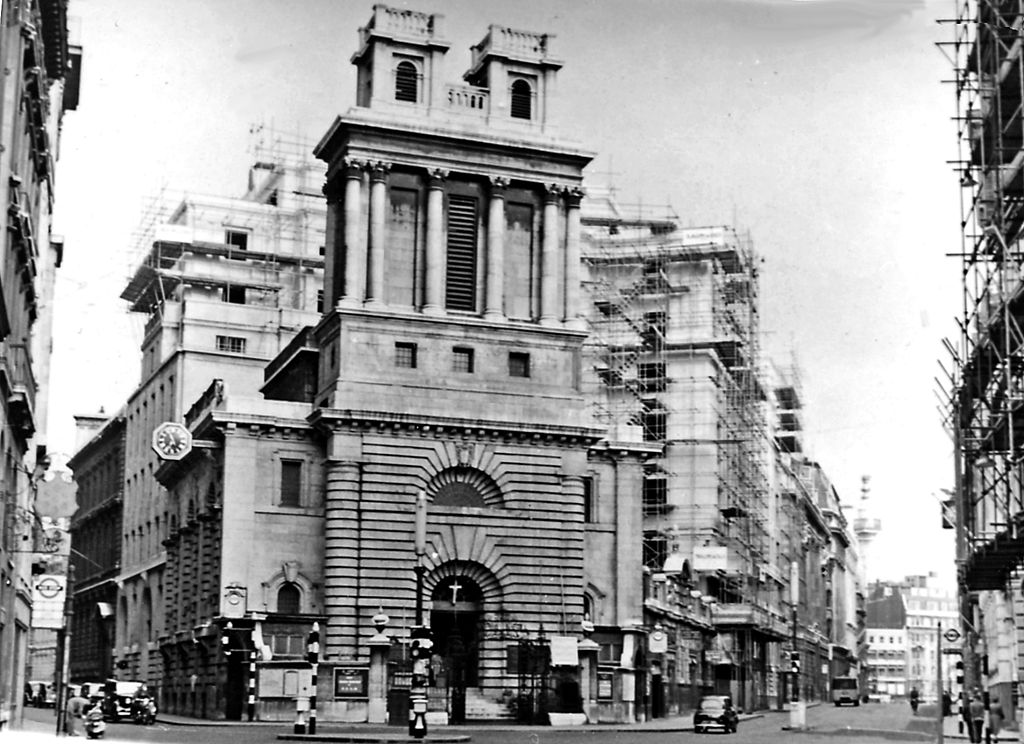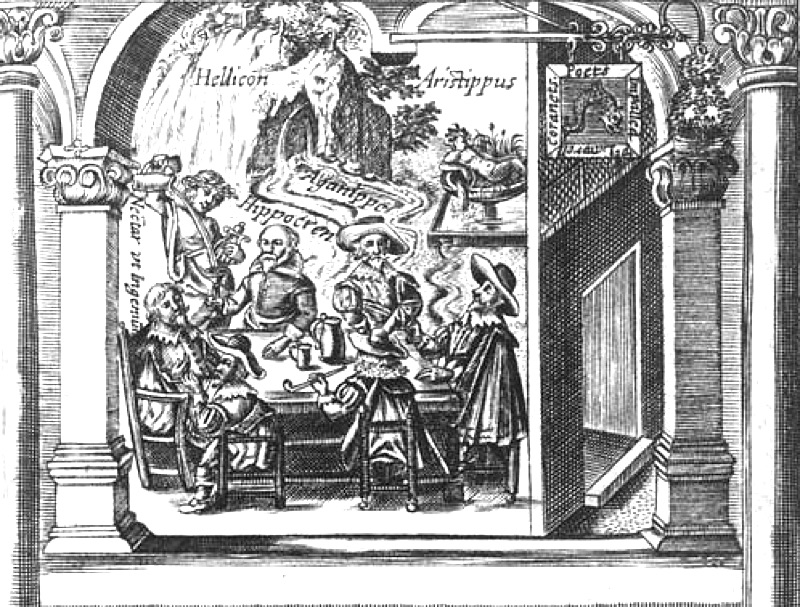St Olave’s, Literary London, By Pen Lister. October 9, 2017. Categories: Literary London, Learning Journeys. Tags: learning-point, London.
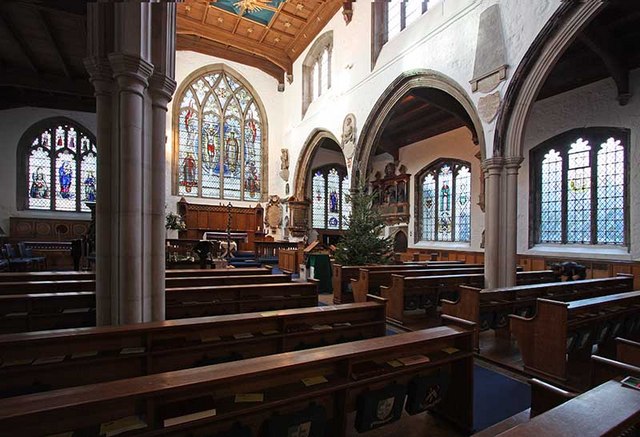
This post is intended for use with the Literary London walking tour and smart learning activities and was originally only available via the Aurasma AR trigger.
This was the parish church of Samuel Pepys, the celebrated Restoration diarist whose account of life in London in the period 1660-1669 gives us a first-hand impression of the Great Plague of 1665 and the Great Fire of 1666. Because the diaries were private and not intended for publication they also offer us an extraordinary insight into the habits, passions and interests of Pepys’s time, and open up a world of court intrigue, society ambition, naval politics and the trials and pleasure of domestic life.
Late commonwealth, Restoration. Church dedications to St Olave suggest the presence of Scandinavian traders in London. 13 th c. crypt wall. Gateway 1658. Church gutted in 1941. Pepys built a gallery door in south wall for Navy Office worshippers. Note also the bust of Pepys’s wife Elizabeth, 1669, in the interior to the upper left of the altar, looking towards where her husband would have sat in the gallery.
Point of Interest: The Ship, Pevsner, ‘most enjoyable late Victorian pub exterior’, 1887.
Aspects of this place to think about
Note the age of the church relative to its neighbouring buildings. Pepys was employed at the Naval Office on Seething Lane and you can see his bust in the park nearby where the office was located. Think about the strategic location of Pepys’s house to the Naval Office by the river and the Tower, and the distance from this location to other places important to Church and Court: St Paul’s, the Palace of Westminster, and to the naval dockyards further east at Greenwich and Deptford. Pepys would have moved between these locations all the time. How long would it take you to get to these places now? How long would it have taken Pepys in the 1660 s?
Sense the changing history of this building and imagine who might have visited and why they came here. Investigate activities that may have occurred and times in history that this building offered sanctuary.
- Visitors: rich and poor
- Civil War puritanism vs Restoration freedoms
- Historical events important to this church
- Buildings that survived the Great Fire of 1666
- Modern economy of the City of London and its expression in architecture
Content available at the location, about the place or area
Investigate all the other icons on the Aurasma augmented trigger, use the icons guide to find out what is available.
![]()
This guide is accessed via the layers icon in the bottom left of any trigger using a similar icon to this one:

Triggering the Augmented Reality
Remember to focus on the trigger image using the Aurasma camera, centering the image to be as similar to what you see on the map as you can. The Aurasma camera provides small watermarks at each corner of its camera view to help guide your focus.
St Olave’s Resources
By Pen Lister October 9, 2017
Further resources for St Olave, Hart Street, London.
Samuel Pepys, in his own words (video)
An animated voice over of Pepys reading entries from his journal about the plague https://www.youtube.com/watch?v=C9wpmpwwFEU
Medieval London St Olave’s (resources)
Further links from the medieval London website https://medievallondon.ace.fordham.edu/collections/show/52
Leake’s Survey of the City
After the Great Fire of 1666 - Engraved By W. Hollar, 1667 http://www.british-history.ac.uk/no-series/london-map-leake/1667
Animated flyover of London before the Great Fire of 1666
3 D modelled video created by six students at De Montfort University https://youtu.be/SPY-hr-8-M0
Inhabitants of London in 1638: St. Olaves, Hart Street
A fascinating list of people who paid rent for premises in the parish of St Olaves http://www.british-history.ac.uk/no-series/london-inhabitants/1638/pp166-168
Images of the Great Plague
Guildhall library Pinterest page about the Great Plague of 1665 https://www.pinterest.co.uk/guildhalllib/the-great-plague-1665/
Buildings that survived the Great Fire
Buildings that survived the Great Fire http://www.historic-uk.com/HistoryMagazine/DestinationsUK/Survivors-of-the-Great-Fire-of-London/
Pepys on the Great Fire of London
Pepys on the Great Fire - see especially Sept 2, 3, 4, 5 1666 https://www.pepysdiary.com/encyclopedia/10319/#references%20
Entries in Pepys’s diaries about St Olave’s
St Olave Hart Street (‘St Ghastly Grim’) https://www.pepysdiary.com/encyclopedia/1214/#references
St Olave Hart Street (‘St Ghastly Grim’)
St Olave Hart Street is one of the few medieval churches to survive the Great Fire of London […] the burial place of Samuel Pepys http://www.britainexpress.com/London/st-olave-hart-street.htm
Tales of St Ghastly Grim from Hidden London
Pepys lived in the parish for 14 years and his diary includes many observations of goings-on at St Olave’s services. http://hidden-london.com/the-guide/st-olave-hart-street/
